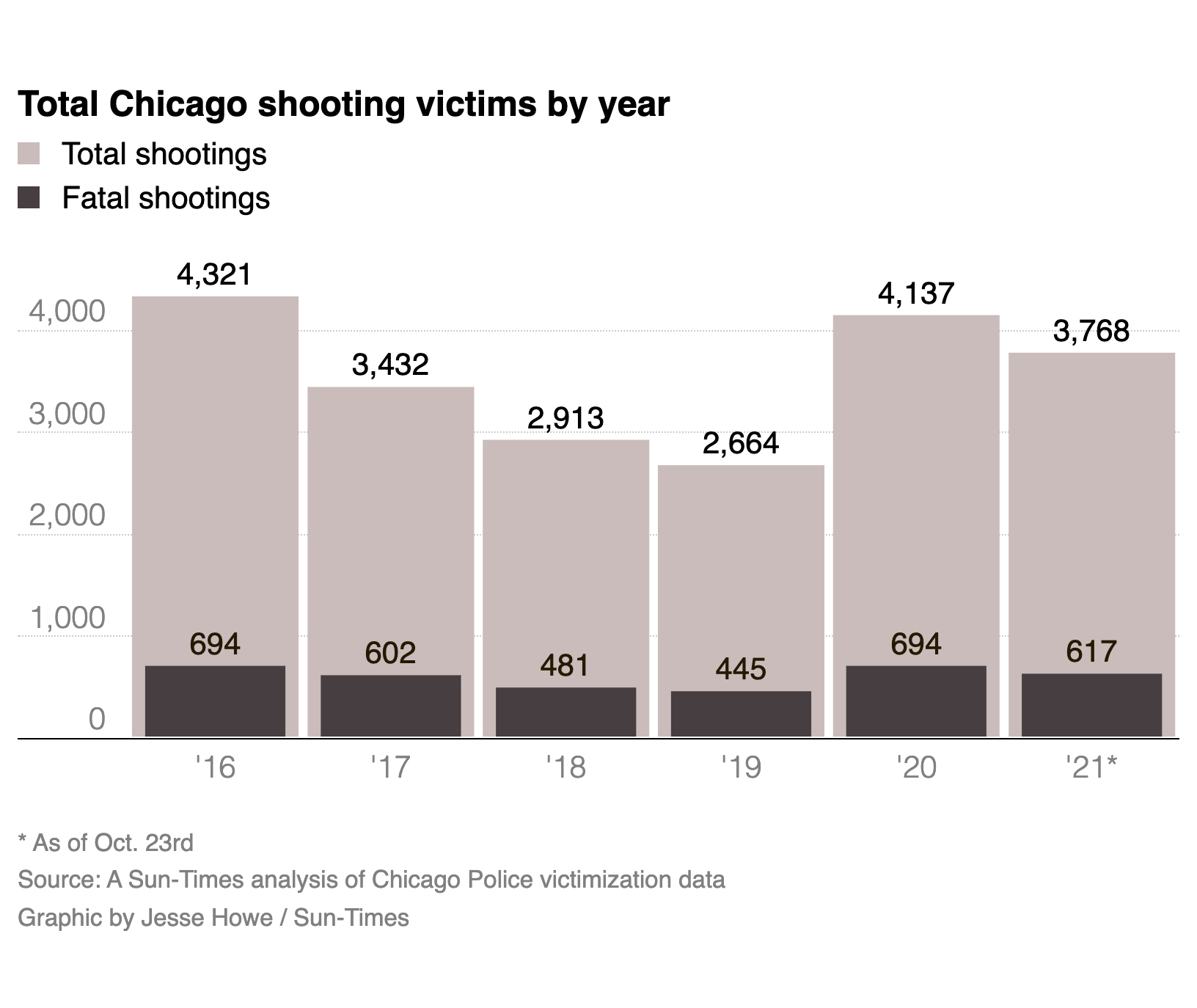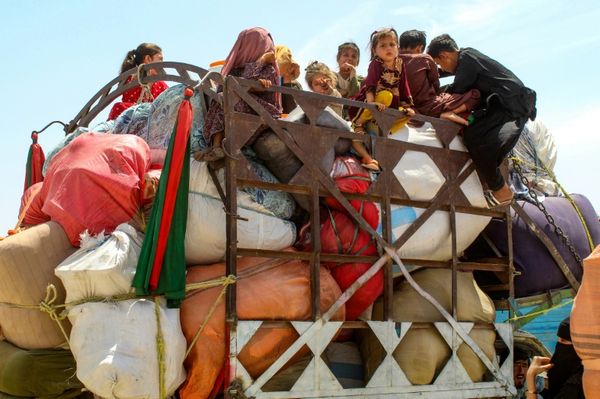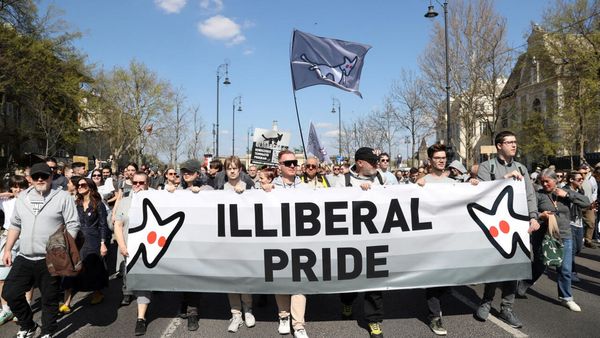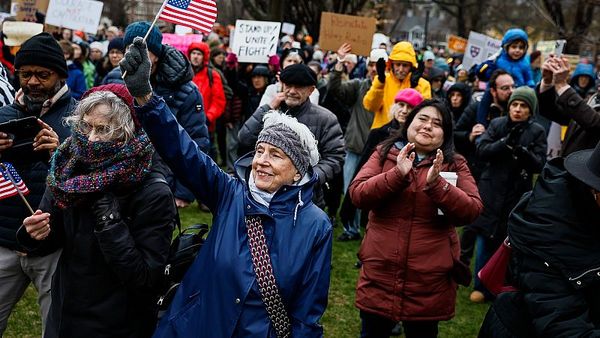
Don’t feel safe downtown? Try heading to West Garfield Park.
The 16 police beats that cover most of the greater downtown area have seen a total of 77 shootings so far this year, tripling the rate of shootings compared to 2019, and the biggest percentage increase in shootings in the city, a Sun-Times analysis has found. But that total is not all that far from the total of 62 shootings in a single, eight-by-five block section of West Garfield Park that comprises the city’s single most-violent beat.
West Garfield Park, the city’s most dangerous community area, has experienced a per capita rate of shootings nearly 20 times higher than downtown, according to a Sun-Times analysis of city data. The gap is even higher with six other police districts that make up much of the North Side.
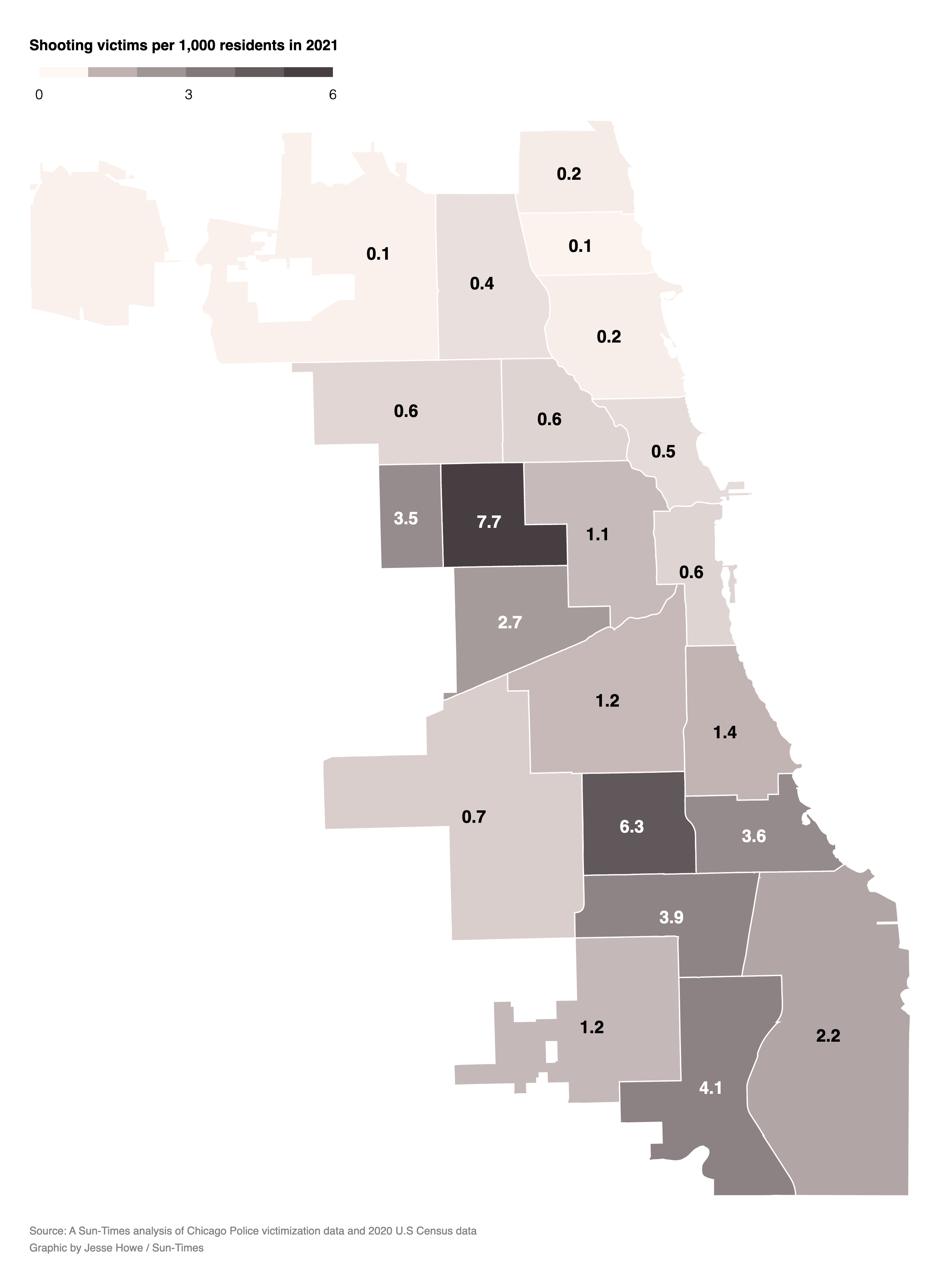
Crime has surged across the city in 2020 and so far this year, but the wave has been hardest on neighborhoods far from the city center that have long experienced violence at terrifyingly elevated rates. And the gap in safety between the city’s mostly white, affluent neighborhoods and largely poor, Black and Latino areas has never been greater.
So far this year, the murder rate in the seven most-dangerous police districts rose to a three-decade high of nearly 100 homicides per 100,000 residents, 30 times higher than the rate in the safest seven districts, where the rate fell to fewer than 4 per 100,000, according to an analysis by the University of Chicago Crime Lab.
“People say it’s a tale of two cities: downtown is like Manhattan and the South and West sides have homicide rates comparable to violent South American countries,” said Kimberly Smith, director of programs for the University of Chicago Crime Lab.
Residents of high-crime neighborhoods increasingly have moved out of the city, although the city saw a slight increase in the latest 2020 Census, with a large increases in residents living downtown.
“The loss of life is not a good thing, obviously. And the fact that it’s concentrated in a few areas is not good. … If we believe that homicides are driving people out of the city, homicides aren’t good if they happen downtown or in West Garfield Park.”
Even during the high-crime years of the 1990s, the gap in the homicide rate for Chicago’s seven safest police districts was far smaller, roughly seven times lower than the seven least-safe districts. Murders in all districts mostly declined over the next decade, then began climbing in the least-safe districts in early 2004 as rates continued to decline elsewhere. Murder rates jumped in the least-safe districts in 2016, from 45 to 81 murders per 100,000, and have largely continued to climb.
/cdn.vox-cdn.com/uploads/chorus_asset/file/22965154/DOWNTOWNCRIME_10XX21_05.jpg)
Despite the manpower shortages that have led to backups in police response to emergencies across the city, Englewood resident Rena Cunningham was surprised to see the resources available for the downtown district late on a recent Friday night.
Visiting downtown from the South Side with friends, Cunningham peered at a half-dozen squad cars that were blocking West Hubbard Street between State and Dearborn. Cunningham has seen his share of squad cars in his South Side neighborhood, where there have been more than 300 shootings so far this year, more than 40 of them fatal.
“Did somebody get shot?” Cunningham asked a bystander.
In fact, the police were out in force for a different reason: to keep watch as tow trucks hauled away cars parked on Hubbard for violating the midnight to 5 a.m. parking ban on the block. The parking enforcement was undertaken at the request of local merchants in response to the violent mugging of two men who were badly beaten and robbed in front of a convenience store around the corner.
“I have never seen this many cars in my neighborhood unless somebody was shot,” said Cunningham.
Data analysis was done by Andy Boyle and Jesse Howe.
